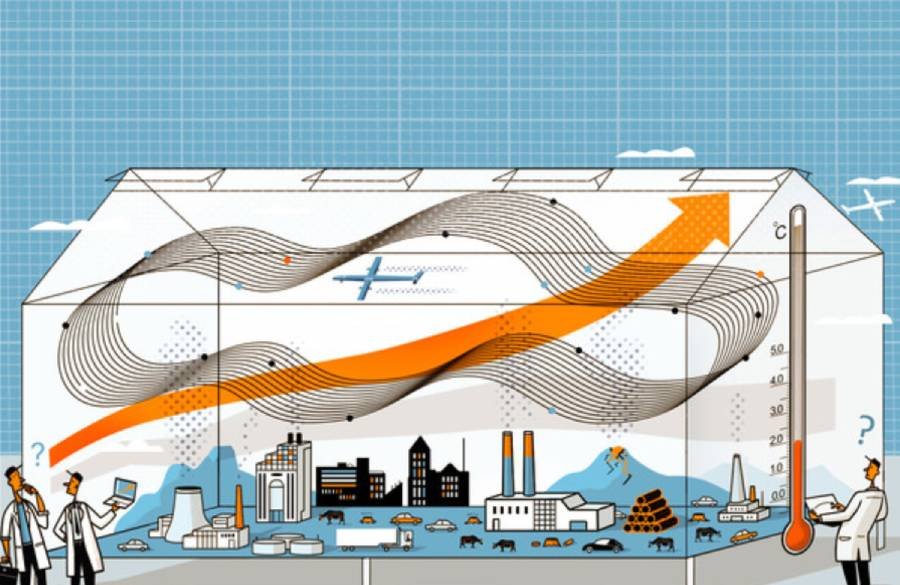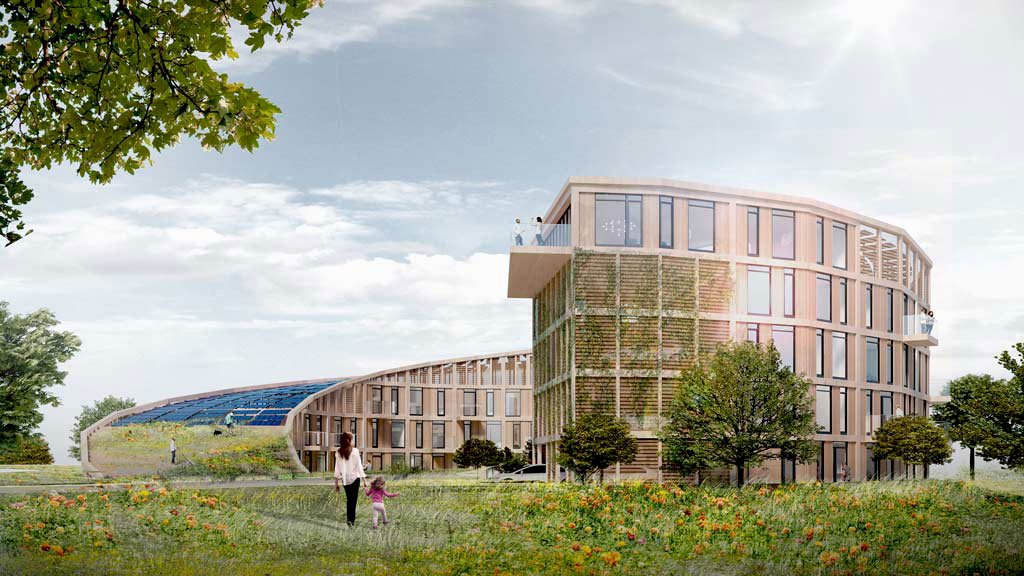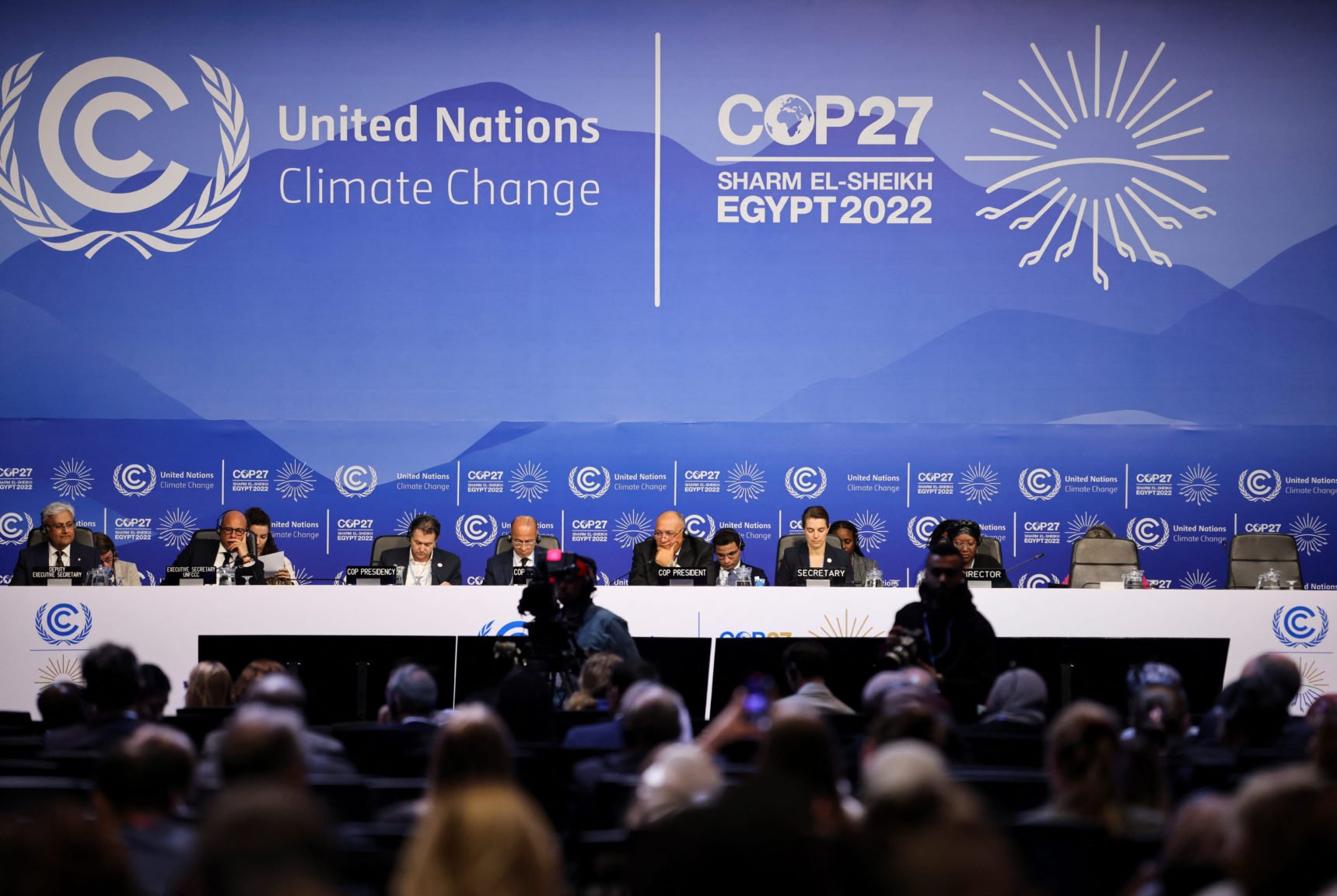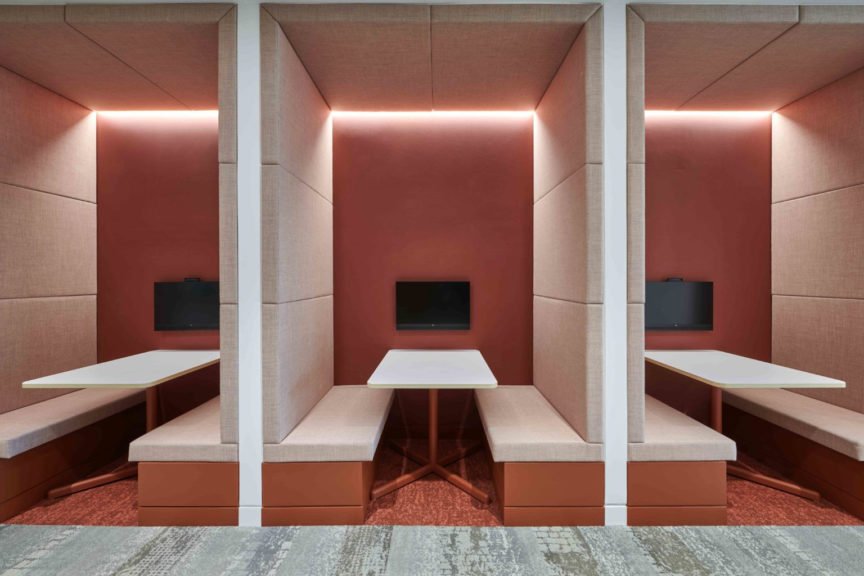“COP27 concludes with much homework and little time,” UN Secretary-General António Guterres remarked as the conference wrapped last year in Sharm El Sheikh, Egypt.
For the uninitiated, COP is an annual international climate meeting convened under the United Nations Framework Convention on Climate Change (UNFCCC). The UNFCCC, in turn, is a multilateral treaty adopted in 1992, which states (based on empirical evidence) that a temperature 2 degrees Celsius above pre-industrial temperatures poses a threat to ecosystems.
On the other hand, the acronym (COP) stands for the United Nations Climate Change Conference or Conference of the Parties of the UNFCCC – where ‘Parties’ allude to the participating governments. In 2015, these parties signed the Paris Agreement and pledged to develop strategies to curb preferably to no more than 1.5 Celsius above pre-industrial temperatures. Commitments by parties include cutting back on Greenhouse gas emissions, concocting measures to restore flora and much more.
The Historic Lost & Damage Fund at COP27
At COP27, an essential point of discussion revolved around the creation of a fund dedicated to addressing loss and damage resulting from climate change. While the official undertaking of a ‘Loss and Damage’ fund marked a historical highlight, it is still only the first step to aid vulnerable countries. The body labels those countries vulnerable who had no or nominal role in climate change, yet face adverse effects due their G20 peers. Owing to accrued pressure over past meetings, the conference in Egypt finally recognised the gravity of providing financial support to these ailing nations, however, its success can only be gauged by how quickly the fund sets in motion.
To fully understand why this is crucial, it is incumbent to be aware of the havoc ensued so far. Worldover, the climate has undergone a significant change causing severe natural calamities. The built environment has also begun experiencing a substantial influence from climate change. The effects of these changes extend beyond mere property damage or loss of life and encompass far-reaching consequences on the economy and society in the long run. Communities may be forced to relocate or rebuild homes and infrastructure that have been damaged or destroyed by extreme weather events. These costs can be devastating, both in terms of the immediate impact on individuals and communities and the long-term economic consequences.

The Loss and Damage fund would provide financial assistance to countries and communities that are most affected by the impacts of climate change, helping them to rebuild and recover from the damage caused by extreme weather events and other climate-related disasters. Over the past year, elected representatives from 24 countries have worked in cohorts to deliberate what form the fund should take, which countries should contribute, and where and how the money should be distributed.The COP28 summit, scheduled to take place in Dubai this year, will be a telling moment for the international community to discuss the global response to climate change. During the summit, nations are expected to unite and operationalise the Loss and Damage Fund, enabling swift resource allocation from wealthier nations. This would facilitate the timely flow of funding to climate-vulnerable, low-income countries, commencing no later than 2025.
What does the Loss and Damage fund signify for Architects and Designers?
Professionals in the architecture and design industry have a key role to play in this process. It is the need-of-the-hour to design buildings and infrastructure that can withstand extreme weather events and other climate-related disasters. Architects and designers can help reduce the risk of damage and disruption to minimise the need for communities to rely on the loss and damage fund in the first place. Designing buildings and infrastructure that are more resilient to the impacts of climate change is now necessary.
It is time for architects and designers to put their thinking caps on and wield their creativity in constructing buildings and curating infrastructure. For example, they can incorporate green infrastructure into the designs, such as green roofs and rain gardens, to help manage stormwater runoff and reduce the risk of flooding. They can also incorporate passive design principles into the buildings, such as natural ventilation and shading, to reduce the need for energy-intensive heating and cooling systems.

Photo courtesy: re-thinkingthefuture.com
Future architectural designs must adapt to address the possible effects of climate change. This involves considering factors such as rising temperatures, emphasising the importance of effective cooling mechanisms, as well as accommodating more extreme and precipitation-heavy weather conditions. Additionally, there will be an increased risk of subsidence that needs to be considered. Areas prone to flooding will expand, necessitating measures focused on both initial resistance and the ability to recover rapidly, thereby enhancing overall resilience. Simultaneously, as we transition to a low or zero-carbon society, new buildings must minimise their reliance on fossil fuels. To achieve this, residential, commercial, educational, and other structures will need to maximise passive techniques such as improved insulation, enhanced airtightness, and greater thermal mass. Furthermore, they should harness solar energy and other renewable sources to a greater extent. Incorporating a range of innovative technologies like building energy management systems, energy-efficient lighting systems and passive design techniques, new buildings will strive to reduce their energy consumption and minimise the energy required for construction.

Photo courtesy: EVE Park in London by Gensler
It is of utmost importance that immediate collaborative efforts are undertaken to decrease emissions and enhance the climate resilience of vulnerable nations. Such actions are crucial in preventing devastating loss and damage in the future. Communities most affected by the climate crisis are counting on the global community to step up and initiate measures to address this pressing issue. The collective efforts of government, industry stakeholders, the architect and designer community and educational institutions can create a more resilient built environment in the future.
Why must Architects and Designers watch out for COP28?
Another piece of advice would also be to keep an eye-out for COP 28 taking place November 30 to December 12, 2023. COPs are salient references in the tryst against climate change. Change-making bodies from a number of nations calibrate progress and propose schemes to tackle climate change. Timelines marked during COP28 can help architects and designers arrive at the urgency and agency for taking action. At COP 28 climate change leaders, experts and influencers shall share stories and solutions, and engage in thought-provoking discussions—an event power-packed with learnings and experiences that could be endlessly useful in designing mindfully for the future.
Article info
Article:
Date added:
11 July, 2023








